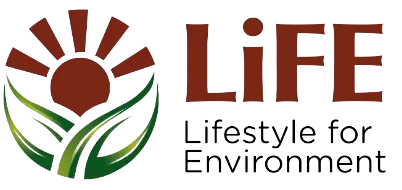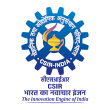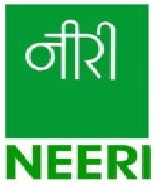Development and Promotion of Non-POPs Alternatives to DDT





In India DDT has been in use for malaria control since 1946. DDT was also used to control Leishmaniasis (Kala-Azar), but it was stopped due to. India banned the use of DDT in agriculture in 1989. The Stockholm Convention on Persistent Organic Pollutants (POPs) has listed DDT as one of the initial 12 POPs, and placed DDT in Annex B (Restricted Category) i.e. it can be produced and used only for disease vector control purpose only in accordance with WHO recommendations and guidelines. Countries that are party to the Convention can produce and/or use DDT for disease vector control when locally safe, effective and affordable alternatives are not available. Countries that produce and use DDT should submit the production, use, import/export details to the Secretariat of Stockholm Convention every three years.
Indoor Residual Spraying (IRS) of DDT is the control strategy of malaria vectors. WHO and the DDT Expert Group periodically evaluate the continued use of DDT based on the latest information. A study group on WHO has recommended that based on the available information, there is no justification on toxicological or epidemiological grounds for changing the current policy towards indoor spraying of DDT for vector-borne disease control. DDT may therefore be used for vector control, provided that all the following conditions are met.
In order to oversee the use of DDT in public health programs, the government of India has constituted a mandate Committee on DDT which reviews the use of DDT in public health and decides its quantity to be released for the vector-borne diseases control programme every year. The Chairman of the committee is the Secretary, Department of Health, Ministry of Health & Family Welfare and members from other Government ministries and departments, such as Planning Commission, agriculture and biotechnology. This committee is responsible for specifying the parameters for the use of DDT on the basis of annual review and identifying specific areas every year for the targeted use of DDT in the public health programme on the basis of Annual Parasite Incidence (API) and vector susceptibility to DDT.